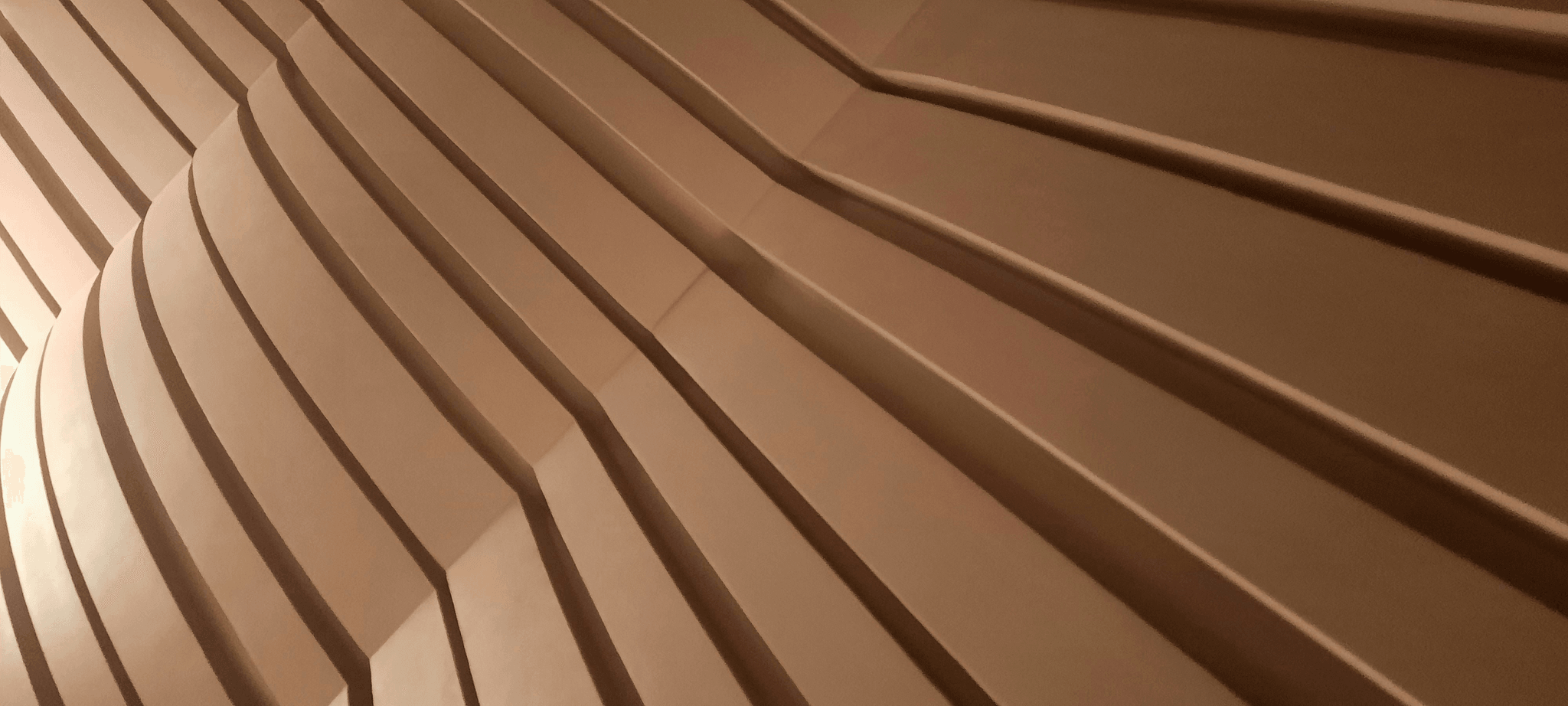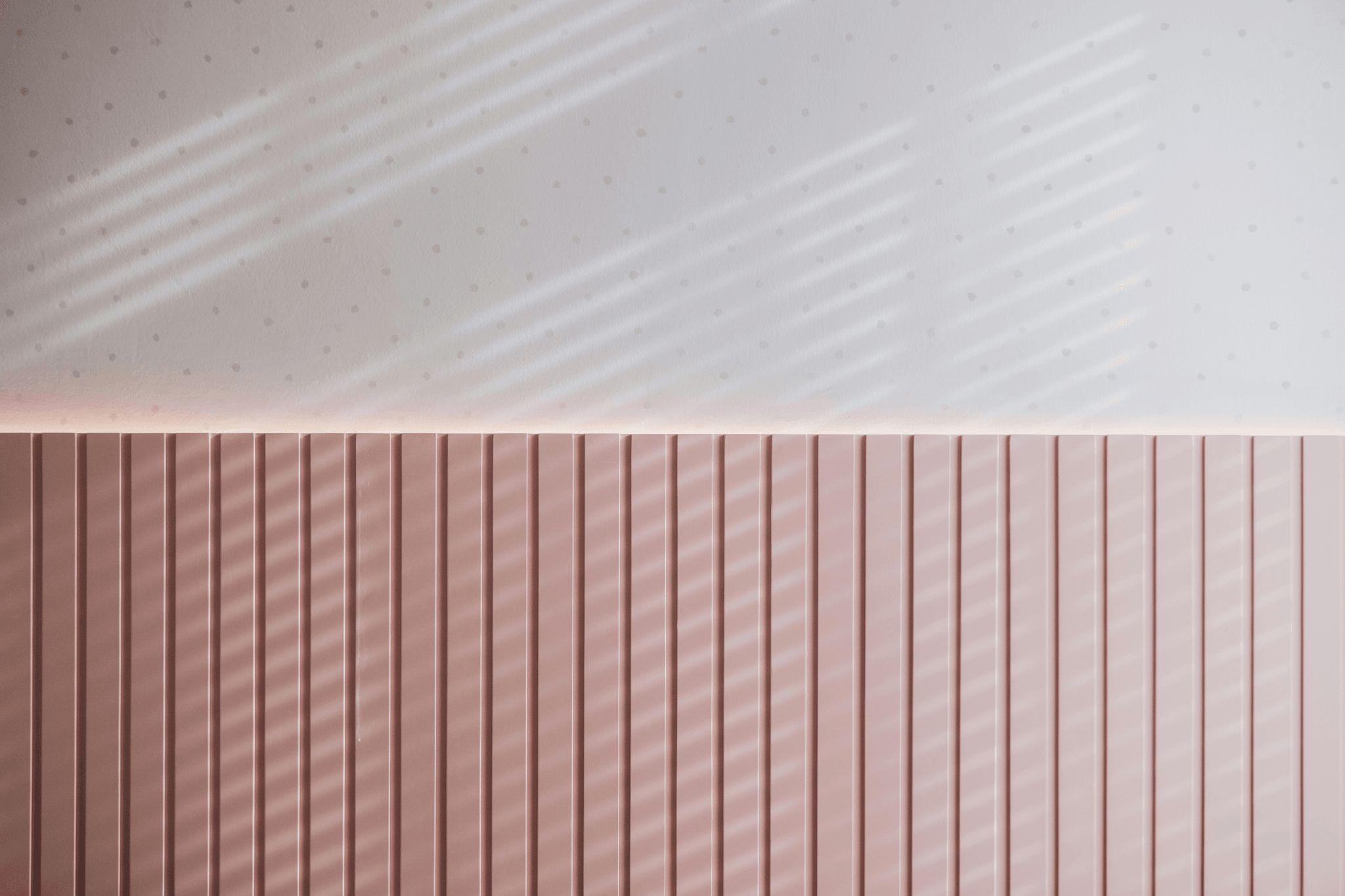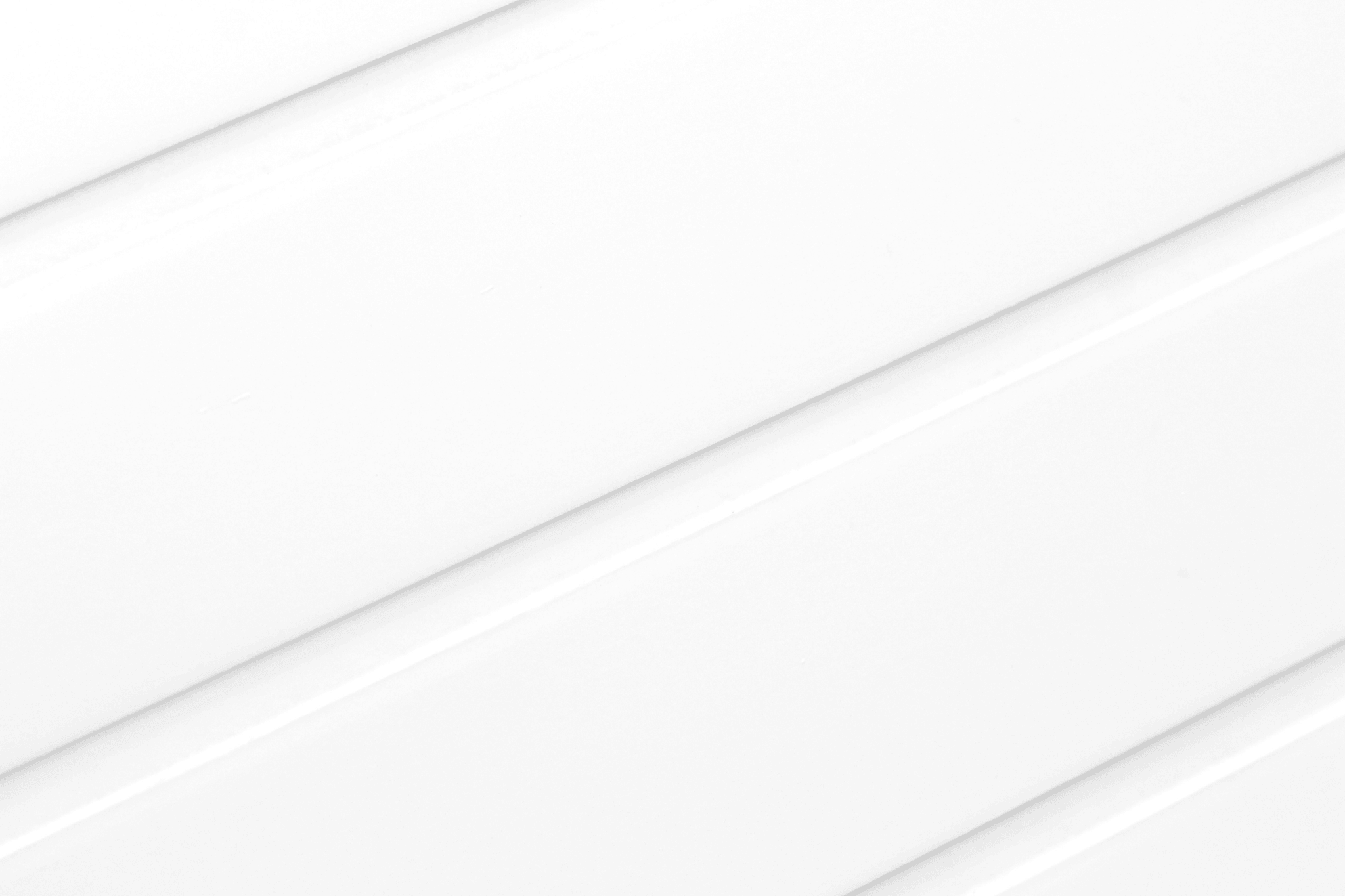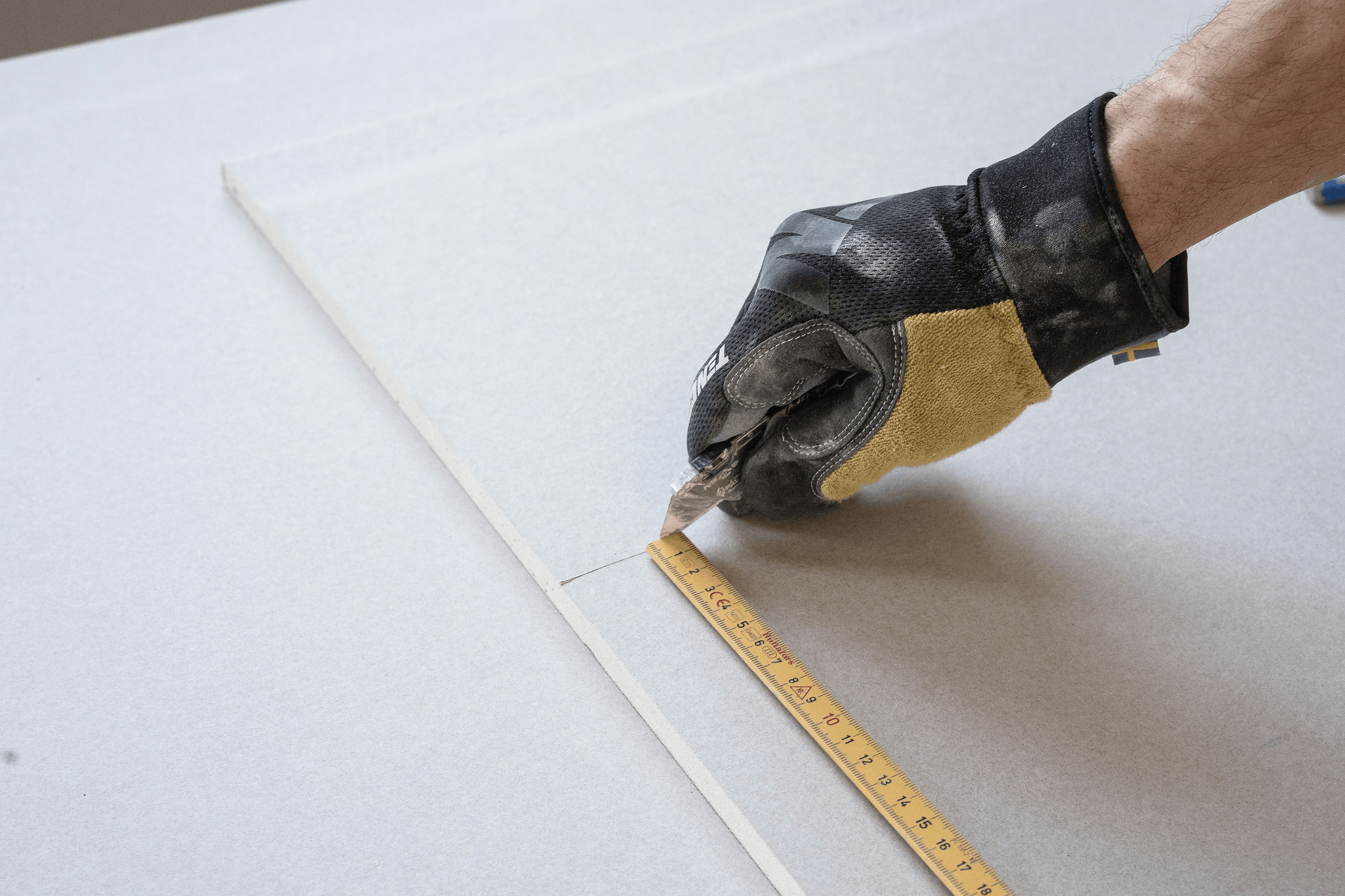Introduction
When it comes to transforming your living space, the choice of wall materials can make all the difference. With a plethora of options available, understanding your wall choices is essential for achieving the desired aesthetic and functionality. Among these choices, PVC panels and traditional drywall stand out as popular contenders, each offering unique benefits that cater to different needs.
Understanding Your Wall Options
The modern homeowner has access to a variety of wall solutions that not only serve practical purposes but also elevate design aesthetics. Decorative panels on walls have gained traction for their versatility and ease of installation, making them a favored option for both residential and commercial spaces. Whether you opt for sleek PVC sheets or classic drywall, knowing the strengths and weaknesses of each material will empower you to make an informed decision.
What Are PVC Wall Panels?
PVC wall panels are innovative materials designed to provide an attractive yet functional finish for interior spaces. These panels are typically made from durable plastic, which makes them resistant to moisture, stains, and wear—perfect for high-traffic areas or rooms prone to humidity. With various designs available—including fluted wall styles—PVC fluted panels can significantly enhance the visual appeal of any room while ensuring longevity.
A Closer Look at Drywall
On the other hand, drywall has been a staple in construction for decades due to its affordability and ease of use in creating smooth surfaces. Made from gypsum plaster sandwiched between two sheets of heavy paper, drywall is relatively easy to install but can be vulnerable to water damage if not properly sealed or maintained. Understanding these differences allows homeowners to weigh the pros and cons effectively when considering whether PVC panels or traditional drywall best suits their project needs.
Durability and Maintenance

When it comes to durability and maintenance, the choice between PVC wall panels and drywall can significantly affect your long-term satisfaction. While both options have their strengths, understanding how they stand up to wear and tear is crucial for making an informed decision. Let’s dive into the specifics of how these materials hold up over time.
Long-Lasting PVC Panels
One of the standout features of PVC panels is their impressive longevity. Unlike traditional materials, a well-installed panel PVC wall can last for decades without showing significant signs of wear or damage. These fluted wall designs are not only resilient against dents but also resistant to fading, ensuring that your decorative panels on walls maintain their vibrant look even after years of exposure to sunlight.
Additionally, PVC sheets are designed to withstand various environmental conditions, making them ideal for areas prone to moisture or humidity. This durability means less frequent replacements compared to drywall, which can be a real cost-saver in the long run. So if you’re looking for a long-lasting solution that doesn’t compromise on style, PVC panels are definitely worth considering.
Drywall's Vulnerability to Moisture
On the flip side, drywall has its fair share of vulnerabilities, particularly when it comes to moisture exposure. If installed in high-humidity areas like bathrooms or kitchens without proper treatment, it can lead to mold growth and structural issues over time. This susceptibility makes drywall less than ideal for environments where water is frequently present.
Moreover, once drywall gets damaged by moisture or impact, repairs can be cumbersome and costly—often requiring complete sections to be replaced rather than simple patch jobs. In contrast, fluted wall options made from PVC sheets offer a robust alternative that sidesteps these common pitfalls altogether. So if you're considering where durability meets practicality, remember that drywall might not always be your best bet.
Maintenance Comparison of Both
When comparing maintenance needs between PVC panels and drywall, the differences become clear quite quickly. PVC fluted panels require minimal upkeep; a quick wipe down with soap and water usually does the trick for cleaning any dirt or stains—no special cleaners required! In contrast, maintaining drywall often involves regular repainting or patching up cracks that develop over time due to settling or impacts.
Furthermore, while decorative panels on walls made from PVC are inherently resistant to mold and mildew due to their non-porous surfaces, drywall tends to absorb moisture unless treated properly—leading you back into that repair cycle we just mentioned! Ultimately, if you value low-maintenance solutions that look great year-round without constant attention needed from you as a homeowner or business owner—PVC sheets should definitely make your shortlist!
Aesthetic Appeal

When it comes to creating a visually stunning space, the choice between PVC panels and traditional drywall can make all the difference. Decorative panels on walls can elevate the overall look of a room, providing an array of options that suit various tastes and styles. Whether you opt for sleek PVC fluted panels or classic drywall finishes, both materials offer unique aesthetic benefits that can transform any environment.
Variety in Decorative Panels on Walls
The world of decorative panels on walls is vast and vibrant, allowing homeowners to express their individuality through design. From bold colors to intricate patterns, panel PVC walls provide an exciting canvas for creativity. With PVC sheets available in numerous styles—from modern minimalist to rustic charm—there's something for everyone looking to enhance their interior spaces.
Textures and Styles of PVC Sheets
One of the standout features of PVC sheets is their incredible versatility in textures and styles. Whether you prefer a smooth finish or a more textured look with fluted wall designs, these panels can cater to your aesthetic desires effortlessly. The ability to mix and match different textures allows homeowners to create dynamic visual interest that traditional drywall simply cannot replicate.
Design Flexibility with Drywall
While drywall may seem less exciting at first glance, it offers remarkable design flexibility when it comes to shaping spaces. You can easily customize drywall with paint, wallpaper, or even decorative moldings to achieve your desired look, making it suitable for any room style. However, unlike the ready-to-install appeal of PVC panels—like the eye-catching pvc fluted panel—the process requires more effort but ultimately provides a classic backdrop that complements various decor themes.
Cost-Effectiveness

When it comes to cost-effectiveness, evaluating your options between PVC panels and traditional drywall can significantly impact your budget. While the initial investment in a panel PVC wall may seem higher upfront, the long-term benefits often outweigh those costs. Let's dive into the financial aspects of these two popular wall solutions.
Initial Investment in Panel PVC Wall
The initial investment for a panel PVC wall can vary based on factors like design and size, but generally, PVC fluted panels are competitively priced compared to other wall materials. These decorative panels on walls offer an aesthetic that many homeowners find appealing, making them worth the investment for their stylish look. Moreover, when considering installation costs, many find that the ease of handling PVC sheets can lead to lower labor expenses.
Long-Term Savings with PVC Panels
One of the standout features of using PVC panels is their impressive durability and low maintenance requirements, leading to substantial long-term savings. Unlike drywall, which may require frequent repairs due to moisture damage or wear and tear, fluted walls made from PVC sheets remain resilient over time. The reduced need for replacements or repairs means that homeowners can save money in the long run while enjoying a consistently attractive appearance.
Comparing Costs of Installation
When comparing installation costs between PVC panels and drywall, it's essential to consider both material expenses and labor time involved in each process. Installing decorative panels on walls typically requires less time than traditional drywall installation due to their lightweight nature and straightforward mounting methods. This efficiency not only saves you money on professional labor but also allows you to enjoy your newly transformed space sooner rather than later.
Installation Process

When it comes to transforming your space with style, the installation process is a crucial factor to consider. Whether you're opting for PVC fluted panels or traditional drywall, understanding the steps involved can help ensure a smooth project. Let’s dive into how each option stacks up in terms of ease and efficiency.
Ease of Installing PVC Fluted Panels
Installing PVC fluted panels is often celebrated for its simplicity and convenience. These lightweight panel PVC walls can be easily cut and fitted without the need for extensive tools or specialized skills, making them an attractive choice for DIY enthusiasts. With interlocking designs and adhesive options available, you can have your decorative panels on walls up in no time, giving your space an instant facelift.
Moreover, the flexibility of PVC sheets allows them to conform to various wall shapes and sizes without hassle. This adaptability means fewer adjustments during installation compared to rigid materials like drywall. If you’re looking for a quick upgrade that doesn’t require a construction crew, PVC fluted panels are definitely worth considering.
Drywall Installation Steps
While drywall is a popular choice due to its affordability and versatility, the installation process can be more labor-intensive than that of PVC panels. The first step involves framing the walls with studs before hanging large sheets of drywall onto those frames using screws or nails. Once secured, you'll need to tape seams and apply joint compound—a task that requires patience as it often involves sanding between coats for a smooth finish.
After achieving a seamless look on your drywall, it's time for priming and painting, which adds additional layers to your timeline compared to simply installing panel PVC walls. This multi-step process may deter some homeowners from choosing drywall if they’re after quick results or minimal mess in their renovation projects. Ultimately, while drywall offers great design flexibility, its installation demands more time and effort than most users anticipate.
Timeframe for Project Completion
When evaluating how long each option will take from start to finish, PVC fluted panels come out on top once again. A small room could see complete transformation within just a day or two using these easy-to-install panel PVC walls—an enticing prospect if you’re eager for immediate results! In contrast, installing drywall typically spans several days due to drying times associated with joint compound applications and painting processes.
This difference in timeframe can significantly impact your overall renovation schedule; if you're working within tight deadlines or just want less disruption at home, opting for decorative panels on walls may be ideal. Additionally, since there’s less cleanup involved with installing PVC sheets compared to traditional methods like sanding down drywall joints afterward, you’ll find yourself enjoying your newly updated space sooner rather than later!
Conclusion
Choosing between PVC panels and traditional drywall can feel like navigating a maze of options, but understanding their strengths helps clarify the path. Each material shines in different scenarios, making it essential to evaluate your specific needs before making a decision. Whether you're leaning toward decorative panels on walls or the classic appeal of drywall, knowing when and where to use each can elevate your space.
The Best Use Cases for PVC Panels
PVC fluted panels are particularly advantageous in areas prone to moisture, such as bathrooms and kitchens. Their resistance to water damage makes them ideal for environments where traditional materials might falter, allowing you to maintain both functionality and style. Additionally, if you're after an easy-to-clean surface that still offers aesthetic appeal with various textures and colors, panel PVC walls are hard to beat.
For commercial settings like restaurants or retail spaces, the durability of PVC sheets is unmatched; they withstand heavy traffic while maintaining their visual charm. Decorative panels on walls made from PVC can transform a dull atmosphere into something vibrant without sacrificing practicality. In short, if you prioritize longevity and ease of maintenance in high-moisture or high-traffic areas, PVC panels are your go-to solution.
When to Choose Traditional Drywall
On the other hand, traditional drywall has its own set of advantages that make it a worthy contender in many situations. If you're creating custom designs with intricate architectural details or need a smooth finish for painting or wallpapering, drywall is often the better choice. Its versatility allows for varied textures that can be tailored specifically to match your vision.
Drywall also tends to be more cost-effective when used in large spaces where extensive wall coverage is needed without complex installation techniques like those required for fluted wall systems. For residential projects focused on aesthetics over moisture resistance—like living rooms or bedrooms—drywall offers flexibility that can accommodate unique design choices effortlessly. When considering long-term renovations or upgrades that may require frequent changes in style or layout, traditional drywall remains a reliable option.
Making Your Final Decision
Ultimately, the choice between PVC panels and drywall boils down to your specific needs and preferences as well as environmental considerations. If you value low maintenance and durability in moisture-prone areas while still wanting stylish decorative panels on walls, then investing in PVC fluted panels may be wise. Conversely, if customization and versatility take precedence for you—especially in dry environments—traditional drywall could be your best bet.
In conclusion, weigh the benefits of each material against your project requirements carefully before committing; after all, whether you opt for sleek panel PVC walls or classic drywall will shape not only the look but also the longevity of your space! Make sure whatever choice you make reflects both function and personal flair because at the end of the day—it’s about creating an environment you'll love coming home to!
